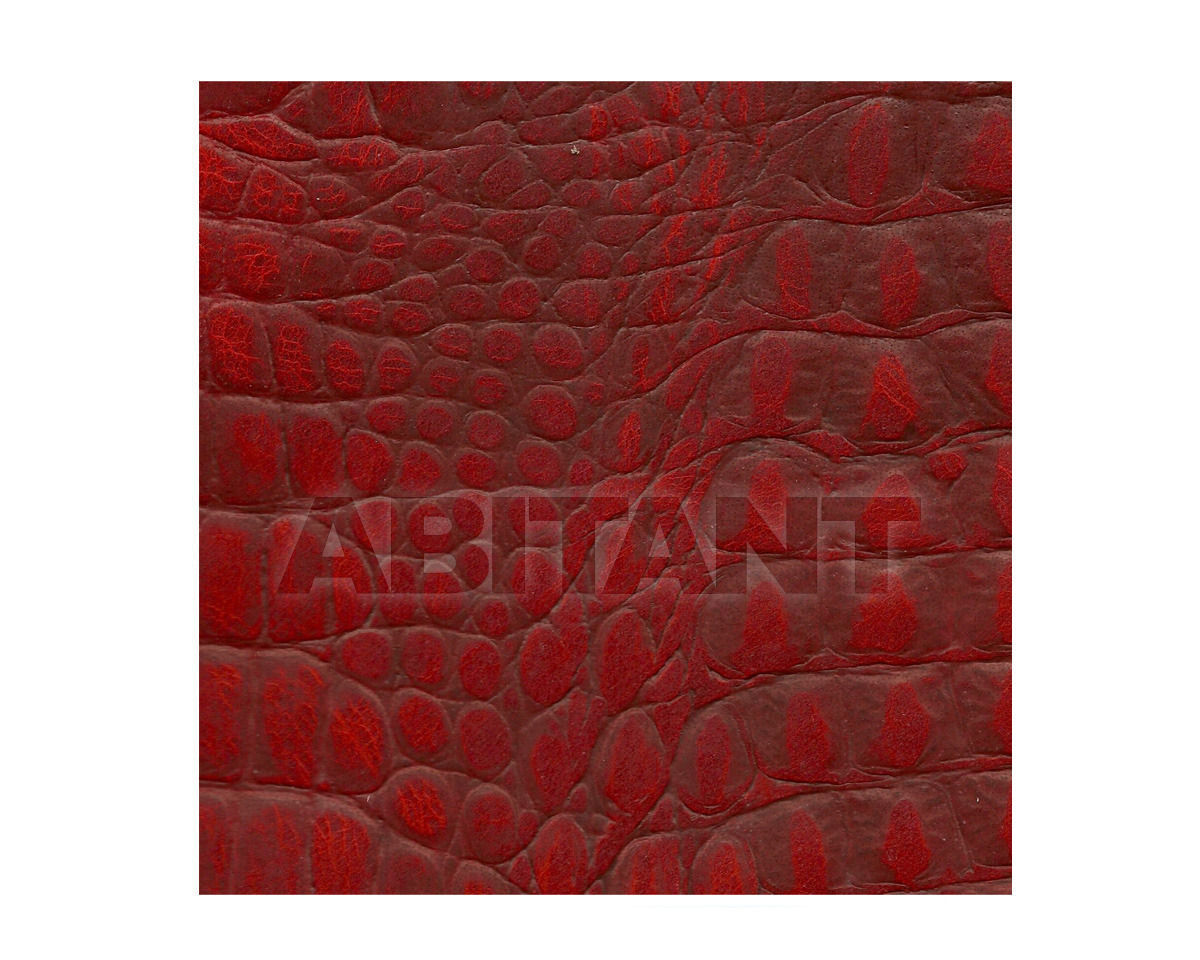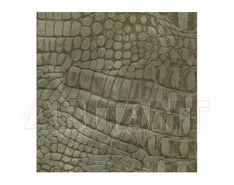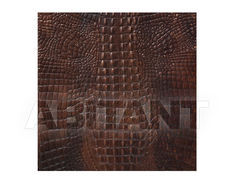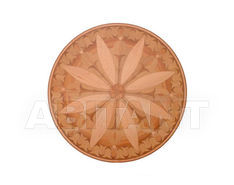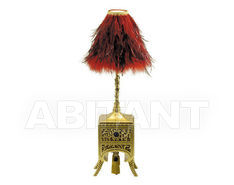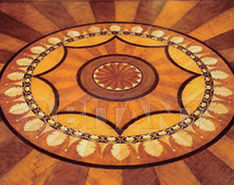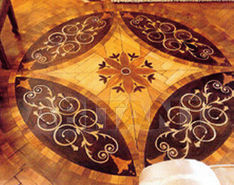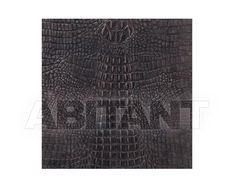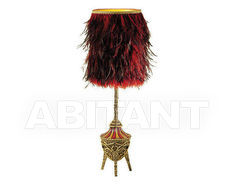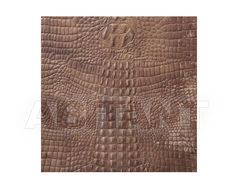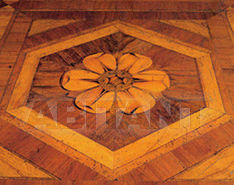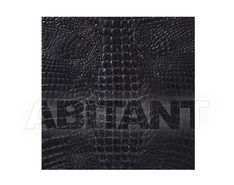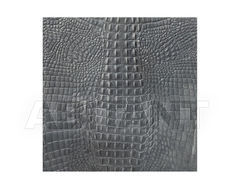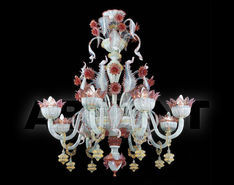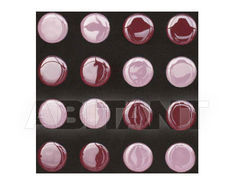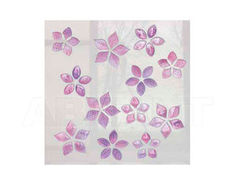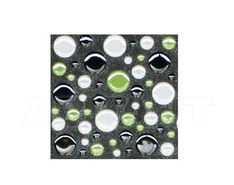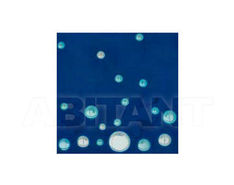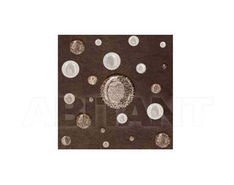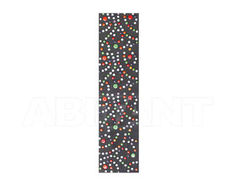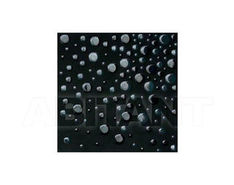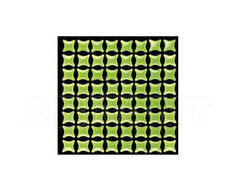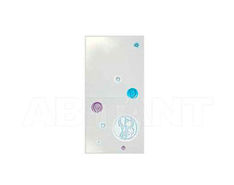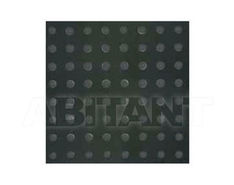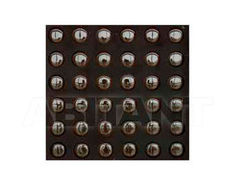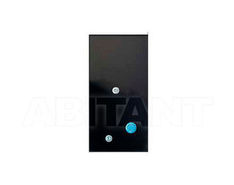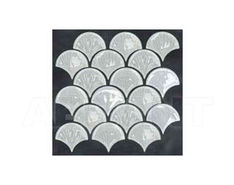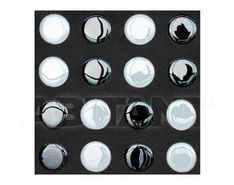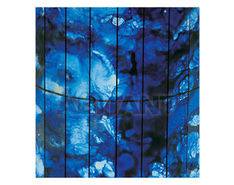Estimated delivery time
Information on request
Information on request
1 week
Sizes

40 cm
1 cm
40 cm
Product Specifications
| Avaliability of pattern | No |
|---|
| Materials | Leather |
|---|
| Dimension with package | 0.02 m3 |
|---|
| Functional Purpose | For Home |
|---|
Style
Art Deco / Art Nouveau
Art Deco is a relatively young style that emerged at the beginning of the 20th century. It owes its existence to France and the French, and it used to represent the combination of modern and neoclassical styles in architecture, fashion and art. Then, in the 1970s, the term "Art Deco" was extended to also mean a style of interior design. This style's characteristic feature is the seemingly impossible fusion of classical straight lines and strict forms with the asymmetry of luxury and splendour. Art Deco interior design implies an abundance of expensive, exotic materials, plenty of curved lines, mythical paintings and tapestries of dragons and peacocks. Art Deco is considered to be the most original style of interior design, it leans toward ostentatious luxury and splendour and absolutely does not tolerate asceticism or minimalism. When decorating in this style, designers often use inclusive fountains, podiums, forged lattice, exotic fans, marble decorations and stained glass. Art Deco furniture also has to be unique in appearance and very rich - created using light wood, genuine leather, chromium-plating.
Contemporary / Modern
The contemporary style in a flat is, first and foremost, about compact forms and simple geometry. Modern people are tired of supersaturated decor and complex forms. Modern fashion favours moderate asceticism, cozy family home, introspection, creation of a family's inner world - reliable, calm, peaceful. The pertinence of contemporary style lies in its functionality and coetaneous unpredictability. Nowadays everyone is free to choose their own lifestyle. Each person's creativity and uniqueness determines the inventivess of their home interior.
Loft / Fusion / Vintage / Retro
Combining the incompatible: the Viennese chairs, lamps by Philippe Starck, the bathroom in the style of hi-tech and Empire-style doors. All of this is eclectic and is called "fusion».
By combining several trends in a single interior design it is possible to create a sort of "artful chaos" that is the "Fusion" style. However, it is not that simple. Fusion implies extraordinary ideas that transcend the commonly accepted stereotypes. Fusion is an experiment. There are no rules when creating a Fusion interior, for there cannot be. It is a mix of styles, each time with different ingredients and in different proportions. That's why a Fusion-style interior cannot be copied - the style itself does not allow any copying. It opens up great opportunities for creativity and can satisfy widely varied tastes and requirements. Fusion likes the daring. It often incorporates seemingly unmixable items that we're used to seeing in specific interior styles: Classical, Baroque or even High-Tech.
Minimalism / High-Tech
Minimalistic interior design is an incredible symphony of freedom and lightness. It is imperative that every line should be definitive, every smallest detail should be precise, every form should be strict. Minimalism does not tolerate cheap bulky furniture or overabundance of colours. This is primarily determined by its functionality and practicality. Small amounts of furniture and accessories provide the freedom of space. Therefore, this style suits the smaller rooms perfectly. Minimalism is a variety of reserved High-Tech style. Mostly it is chosen by busy people who prefer a minimum of trinkets and maximum efficiency. An impression of vastness and breadth is created by removing interior partitons in the room.





